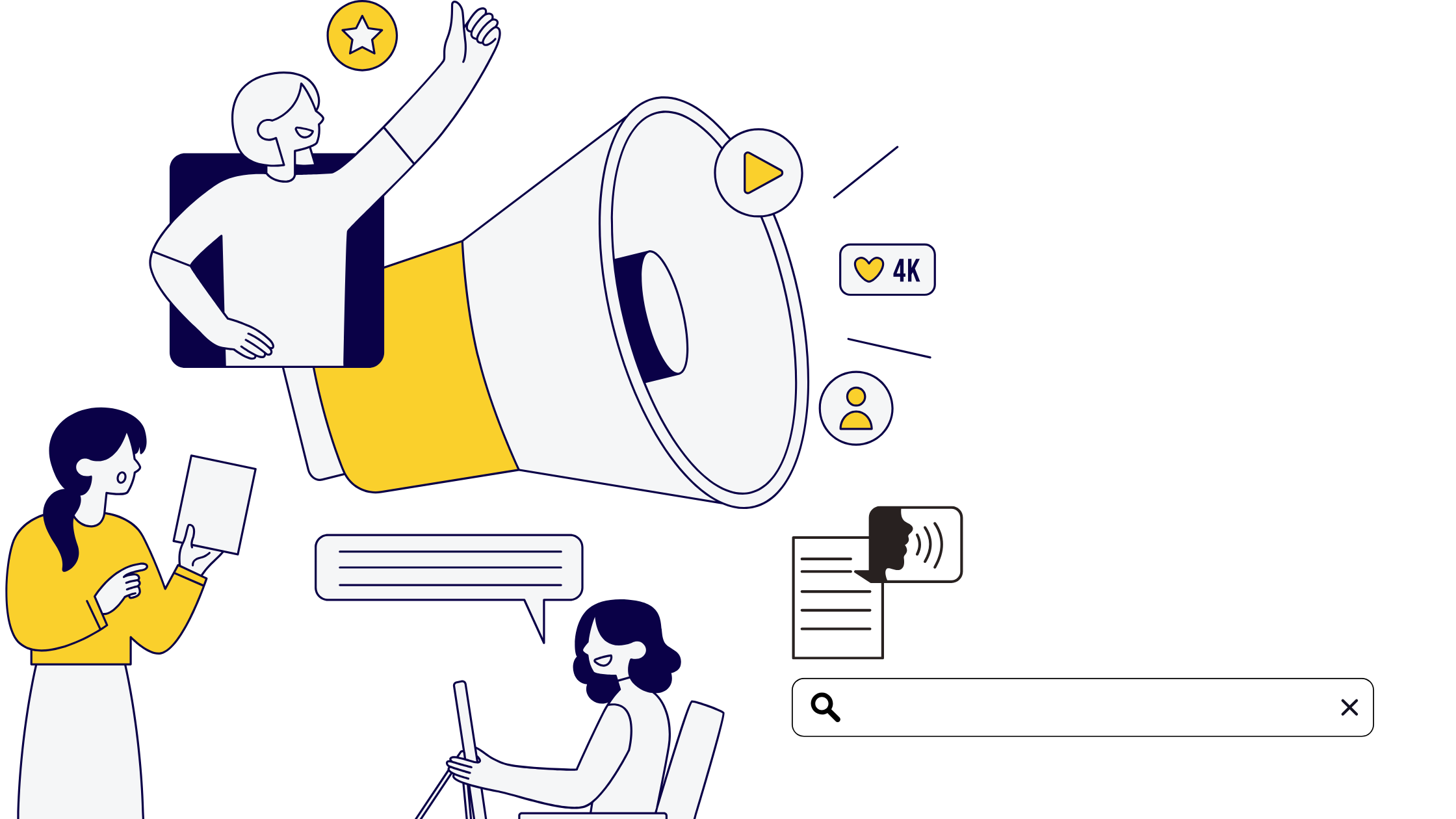What is Microblogging?
Microblogging as the name suggests is short posts or blogs. It is the opposite of traditional long blogs. Microblogs are usually less than 300 characters in length. It is a type of blog that allows users to post short text updates. A few common examples of such blogging platforms are Twitter and Facebook.
Benefits of Microblogging
Microblogs are easier to read and less time consuming than traditional blogs. Hence, are a great way for businesses to share information and generate leads. Microblogs are cost-effective as well as run on platforms that are easy to use like Twitter, Facebook, Tumblr, etc.
How does Microblogging help your business?
- Stay connected with your customers
The popularity of Microblogs renders great marketing advantage to businesses. Mobiles have become an essential part of peoples everyday lives. They check their emails, messages, and social media notifications. Hence, you can reach your customers anytime and anywhere.
- Get to the point
With busy schedules, customers don’t have time to read a traditional blog. Microblogs are efficient tools to share urgent, time-sensitive information like a sale or limited offer on discounts.
- Engaging with customers
Microblogging is a great way to engage with customers. You can do so by using various features like sharing a blog, like, comment, repost, retweet, etc.
Drawbacks of microblogging
Like every coin has two sides, microblogging does have its pros and cons. Here are a few:
- Detailed Information
Microblogs are not helpful when it comes to giving out detailed information. Microblogging is limited to 300 characters and hence isn’t suitable for comprehensive information.
- Affects SEO
When you microblog you share limited content. This limited content makes it difficult for search engines to figure out what the blog is about.
All in all, Microblogs are a convenient tool to promote brand awareness and grow your business. The popularity of this magnificent tool does not seem to be fading anytime soon.







